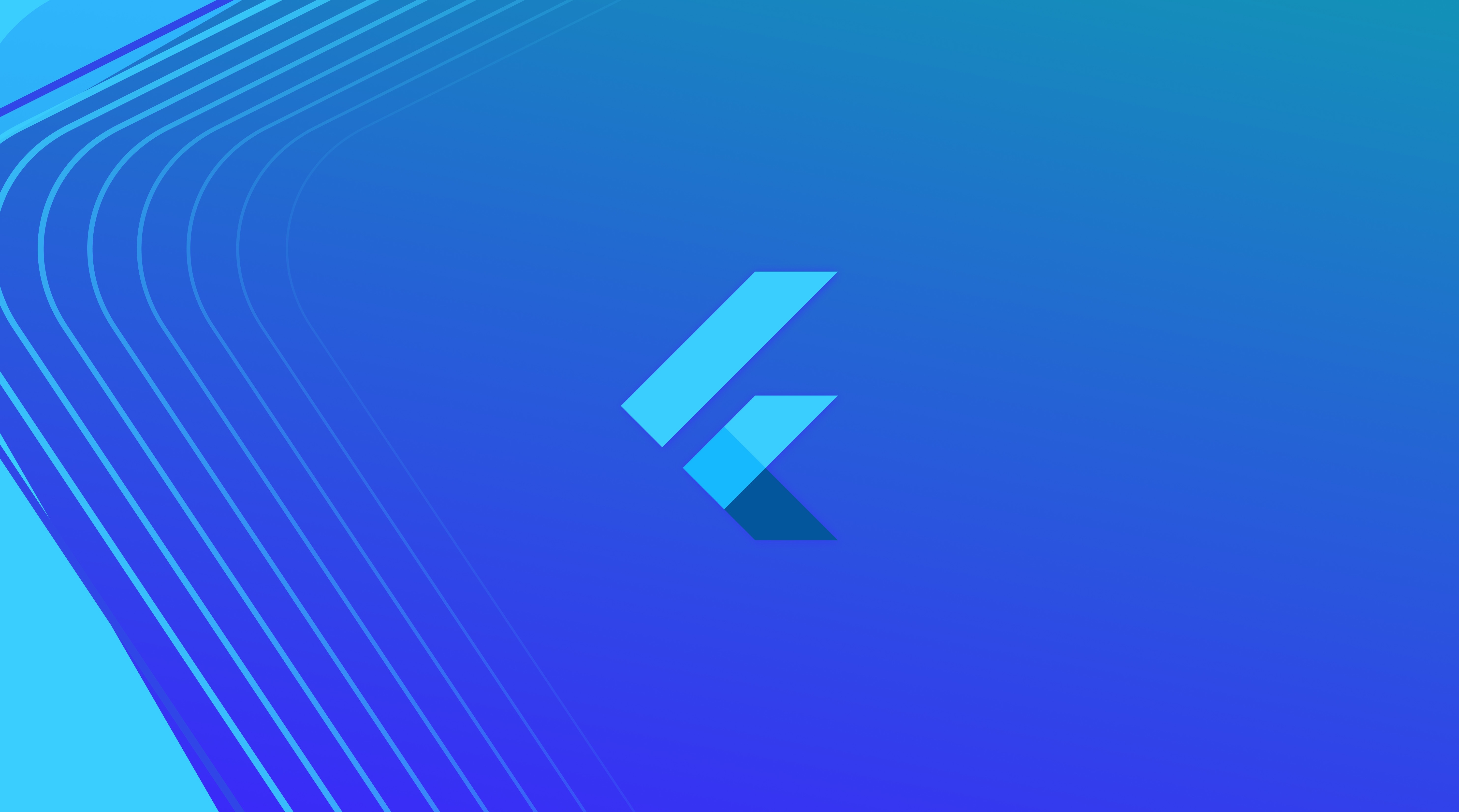Flutter is a relatively new toolkit that makes it easy to build cross-platform apps that look gorgeous and is easy to use. By utilizing a platform's native components we'll build an app that can run on both iOS and Android that will look and feel like it was developed natively. Furthermore we'll see how with one single codebase, Flutter provides us with native performance, hot reload for fast development, and access to beautiful, native components.
Much like SwiftUI and React, Flutter uses a declarative UI making it one of the best frameworks for rapid design and development. This is why this course was designed for both designers and developers. We'll explore how to create apps for both major mobile operating systems, Android and iOS, with Flutter and its easy-to-learn Dart programming language. This course is beginner-friendly and will help you dip your toes into the ever-expanding ocean that is Flutter. We've packed this course with design tricks and efficient workflows to help you build great user interfaces in record time.
- Flutter for Designers
- Building your first widget
- Introduction to Dart
- Classes in Dart
- Building a Full Screen Widget
- Building a Card Widget
- Detecting Tap Gestures
- Stateful Widgets
- The List View Widget
- Animations in Flutter
- Further Animations
- Flutter Packages
- Adding Cards to our Sliding Panel
- Creating Dynamic Widgets
- Navigation in Flutter
- Animations with the Hero Widget
- Building the Course Screen
- Manually Control the Panel Widget
- Creating a Vertical Scrolling List
- Making the Profile Screen
- Populating the Profile Screen
- Utilizing Widgets across Multiple Screens
- Setting Custom App Icons
While this course is beginner friendly, it will help to have some programming experience, especially one utilizing a declarative UI. If you're coming from a SwiftUI or React/React Native background, then you should find Flutter and Dart really easy to understand.
In this course, I am running a beta of macOS Big Sur and Xcode 12, as well as Android Studio 4.0.1. Luckily, Flutter has been around for quite some time so it is not required that you use beta applications as I'm sure macOS Catalina and Xcode 11 will work just as well. We'll be using Android Studio to develop our Flutter app so I will guide you in downloading each of the above applications as well as the Flutter and Dart SDK.
Before starting, you'll need the Flutter and Dart SDK to create cross platform apps. To install Flutter, head over to Flutter's installation page where you can follow the instructions and download the SDK relative to your system.
If you're on a Mac, I highly recommend installing Xcode for the required Command Line Tools and for using the iOS Simulator.
For this course, I recommend installing Android Studio as we will be using it as our IDE. This is because Android Studio provides quick and easy shortcuts that can enhance your workflow when developing for Flutter. Since we are building for both iOS and Android, it will be helpful to test our app on both the iOS Simulator and the Android Virtual Device emulator.
